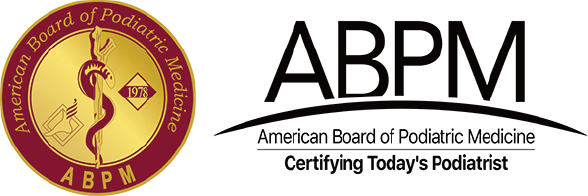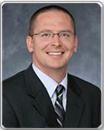
Milestones and Wound Care are Essential for Our Professions Growth

The Council on Podiatric Medical Education (CPME) 320 Document, Standards and Requirements for Approval of Podiatric Medicine and Surgery Residencies, is currently under revision. There has been much discussion within our profession regarding the direction of the 320 Document, which impacts residency training and thus, the future of our profession. What exactly does our profession desire? Parity and privileging are frequently discussed in podiatry, however instead of discussion, I believe one must practice it and not simply discuss it.
In my opinion, the 320 document affects everyone in our profession regardless of their involvement in residency education. The document guides the future of the practicing podiatrist and eventually the community standards of how we are evaluated. I believe two areas are critical to our future and should be included in the CPME 320 document: the required use of system-based milestones and a rotation in wound care.
As a residency director, I am asked by former residents and facilities to complete medical staff privileging forms. These documents typically reference performance and competence of comprehensive history and physicals (H&Ps) and surgical procedures. Not only are the facilities looking for training and experience in the form of numbers, but they are also looking for competence related to the H&Ps and procedures.
Competence is difficult to verify within the format of non-outcome based assessments. Podiatric residency training is heavily weighted on achieving numbers, or Minimum Activity Volume (MAVs), in lieu of standard milestone-based assessments. The American College of Graduate Medical Education (ACGME) has been using milestones, outcome-based assessments, since 2013. Podiatric milestones would create a standard for emerging practitioners and transition from using perceived competence-based MAVs and align with our ACGME counterparts.
In addition, a wound care rotation must be mandatory for all podiatric residents and include exposure to the diabetic foot. Upon completion of podiatric residency training, the emerging practitioner must possess the knowledge and armamentarium to effectively treat a wide variety of wound pathology. Simply obtaining MAVs spread across three years of training does not provide the necessary exposure, nor allow for the development of evidence-based treatment algorithms, as a designated rotation would provide.
Our counterparts, the ACGME and the American Board of Orthopaedic Surgery, completed the Foot and Ankle Milestone Project in 2015 which was implemented for assessment of Fellows in ACGME Foot and Ankle Fellowships. The document includes evaluation of a Fellow’s competency in the medical knowledge and patient care of the diabetic foot.
The re-write committee should be acting in the best interest of our learners and our profession. We need to remember, there is not anything we do that cannot be replaced by another medical professional. It is imperative we are the best at what we do to avoid being replaced. I firmly believe podiatry would benefit from both the implementation of milestones and a mandatory wound care rotation.
Respectfully,
Bryan J Roth, DPM, FACPM, FACFAS
Program Director, Creighton University PMSR/RRA, Phoenix, AZ
Co-Examination Chair, ABPM



Comments
There are 0 comments for this article